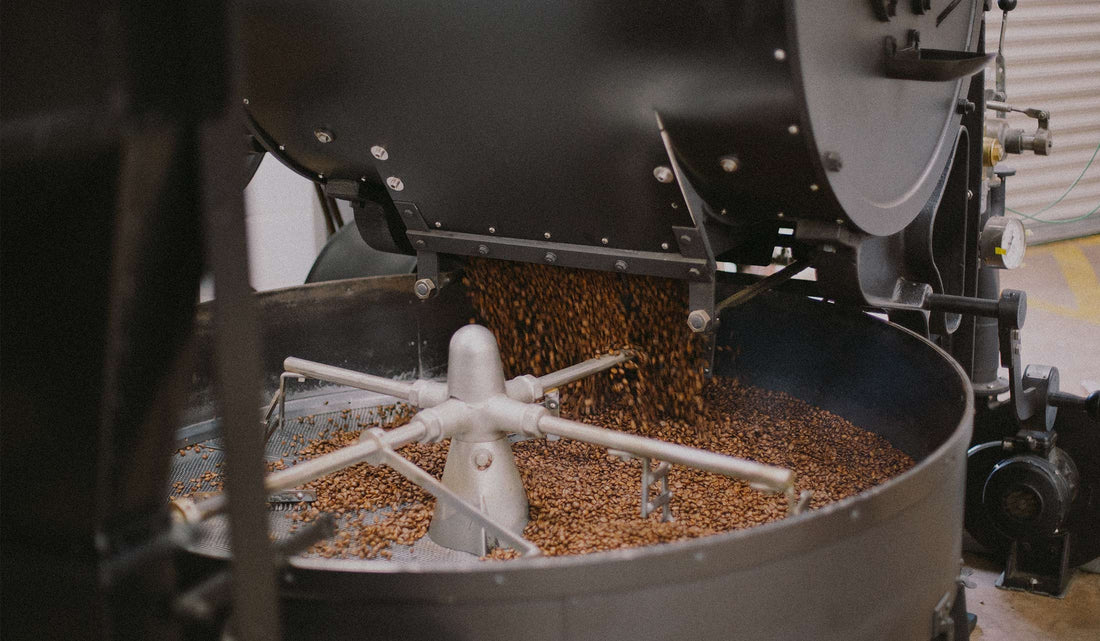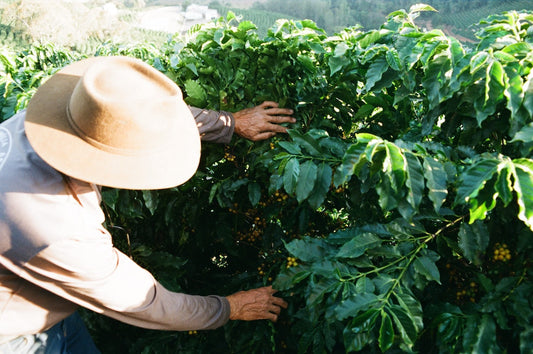
Do you even Omni-roast bro?
You might have seen this word pop up from time to time on the product pages of your favourite specialty coffee brands website. Often it’s dropped into descriptions without much context or explanation. Omni-roast means that the coffee has been roasted in a way that it can be brewed using both filter brew methods and espresso.
Sounds like a good idea, right? Well, sometimes. There is also another way. The other way is to roast coffees intended for filter brewing differently than those intended for espresso brewing. Both methods have their pros and cons. Let’s dive in.
We’ve always enjoyed sweet, rich espressos and light, clear filter brews, so for the record, we generally side with the latter approach. We believe that to get the best out of either brew method it’s necessary to roast the coffee in a certain way. This is because of the way the coffee extracts during brewing. Because espresso is a pressurised (and relatively quick) extraction method the coffee needs to have a certain amount of solubility. Solubility can be increased by roasting faster and hotter and generally we’ll adopt this approach when roasting coffees intended for espresso brewing. Another feature of espresso extraction is that it tends to accentuate acidity and by roasting a little hotter you tend to mellow out the acidity and increase sweetness.

On the contrary, with filter brew methods (including cafetiere) you’re letting time and gravity do their thing and if your coffee is too soluble it can cause the brew to taste heavy and it can lose its clarity and “sparkle”.
Of course, there are plenty of people that would disagree with us and we don’t “die by the sword” when it comes to roasting. We also sometimes opt for an omni-roast, especially when a coffee only tastes good at a certain roast level. Our current seasonal coffee, the Costa Rica Cordillera Del Fuego is a good example of that. If we were to roast it hotter its amazing cinnamon character would be lost.

Some coffee roasters out there have built their business model on the concept that each coffee has one “correct” roast level and it’s up to the person brewing to determine how its’ best brewed. While we don’t necessarily agree with this, we can appreciate the thinking behind the idea. We find that most coffees have several “sweet spots”, given a certain brew method.
There is one major benefit to omni-roasting, and that is simplicity. Roastery operations can be complicated and by choosing an omni-roast approach you’re cutting the amount of product variants down by half. This has a myriad of benefits like improving freshness, saving space, increasing efficiency etc.
Again, as with pretty much everything in coffee this topic is subjective. We feel that unless you are an expert brewer you may struggle to get the best out of an omni-roast coffee and that there will be a compromise with either brew method. I’ve never brewed an omni roast coffee that is equally as delicious as an espresso and a filter. There’s always a trade-off. Either the espresso is too acidic and bright or the filter is too heavy. Is it something to worry about? No, not in the grand scheme of things. It’s just worth being aware of.




